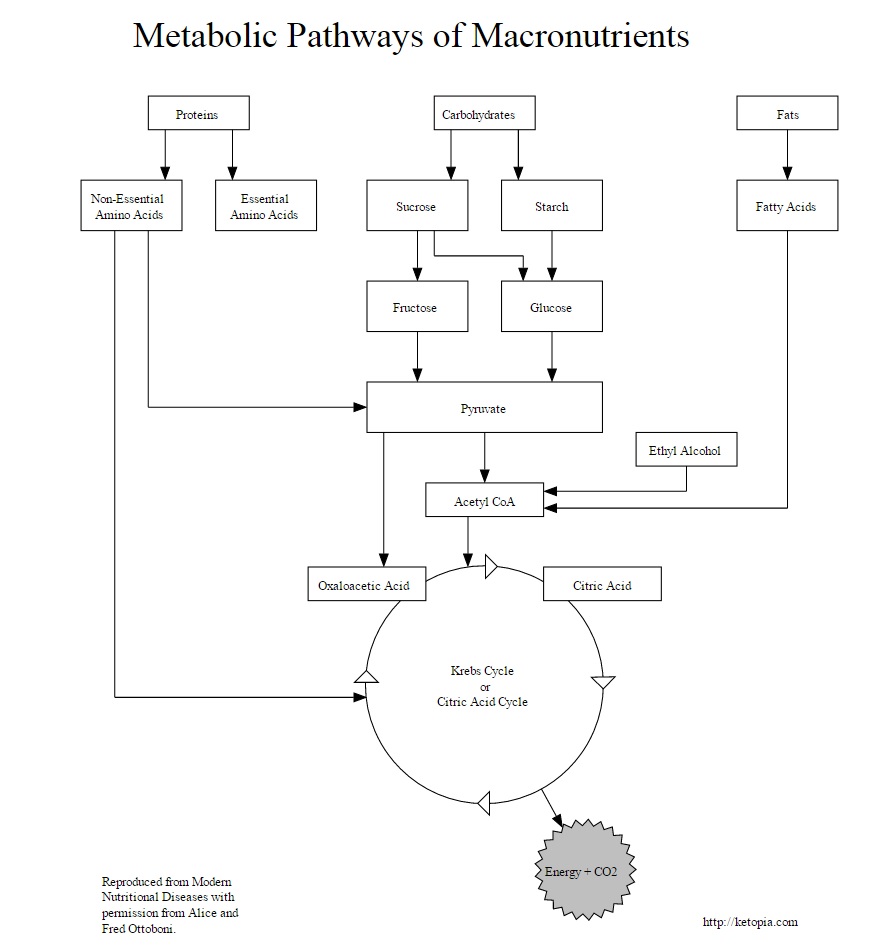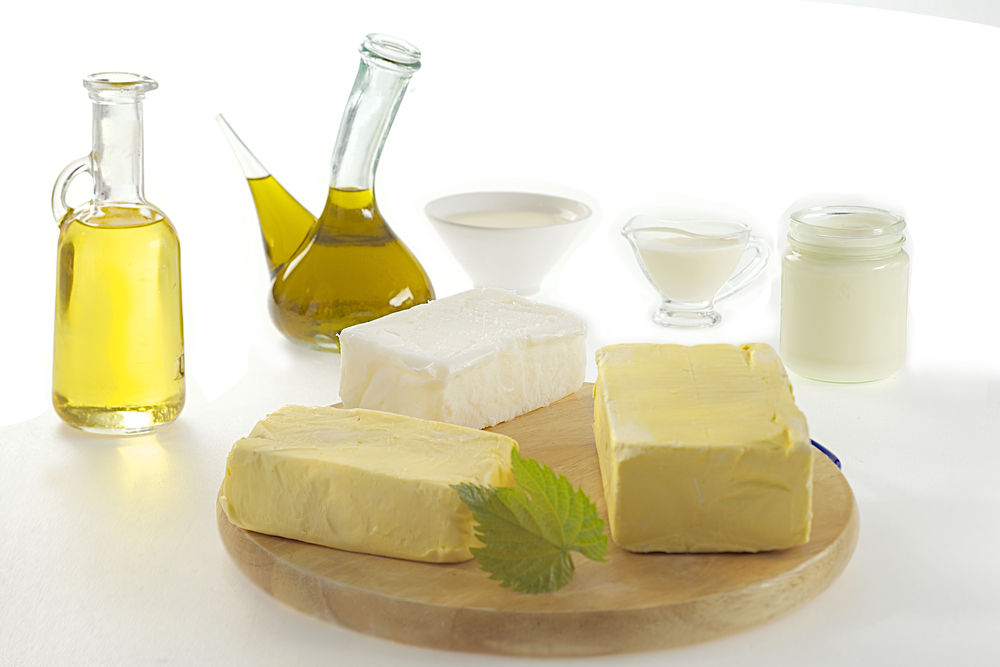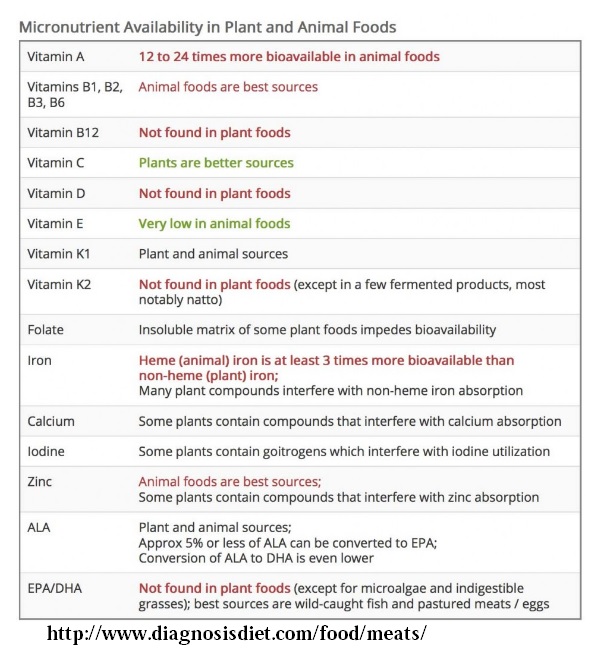There is hardly a day that passes without seeing a new article popping up about the damage sugar and refined carbs can cause but only lately is the connection of sugar to obesity and metabolic disorders starting to be realized. Many people we know may have some weight problems or metabolic health conditions and follow some weight loss program—none of which seems to be effective in the long run. This makes sense. If any weight loss program had led to permanent weight loss, those using it could stop and the company promoting it would go out of business. Long-term (often life-long) membership is essential if one wants to avoid yoyo dieting.
Lately, I see many people rushing to change from the Standard American Diet (SAD) to various new diets, such as the Low Carbs High Fat (LCHF) or the Ketogenic diets. Are all these “diets” for weight loss? Some people call these “fad” diets, but are they?
There was a time when sugar covered cereals were called “fads” but look what has become of that fad! It has become our everyday SAD. Fad is “a practice or interest followed for a time with exaggerated zeal: craze” (here). Sugar covered cereals have been with us for over 100 years, so definitely not a fad. What about the LCHF and the ketogenic Diets? Are they fads? Maybe, maybe not. Let’s dig a little deeper into the ketogenic diet since I consider the LCHF a less strict version of the ketogenic diet.
Is the Ketogenic Diet a Fad?
Looking at its history, “[ketogenic] dietary regimens have been used to treat epilepsy since at least 500 BC” (here). The ketogenic diet utilizes a metabolic process that can be awakened by fasting—though fasting is not necessary. “The ketogenic diet was introduced by modern physicians as a treatment for epilepsy in the 1920s” (here). Therefore, we can safely say it is not a fad. Since it has been used therapeutically for seizures for a very long time, it is not a diet either. What it this ketogenic “thing”?
Ketogenic Metabolic Process
Ketogenic is the human native metabolic process. It is a different metabolic process from the process SAD requires. The ketogenic diet is mostly fat, limited amount of protein, and very small amounts of carbohydrates—the exact opposite of SAD. Eating carbohydrates or protein require insulin for conversion to glucose. Fat is the only macro-nutrient that doesn’t need insulin to generate ATP (Adenosine triphosphate)–in ketosis the role of insulin is fat regulation rather than glucose management to generate ATP (here). ATP is cellular energy, which, after all, is the goal of eating macro-nutrients.

Image from Ketopia.
As you can see in the above image, the end-product for all metabolic processes is the same: energy. However, the complexity differs—this metabolism map is simplified. Note something very important: we can completely remove carbohydrates from the above diagram and not miss a beat in our energy creation. Protein only partially needs to be converted to glucose at the pyruvate step but some protein can directly turn into energy without conversion to glucose. We can remove all sugar, pasta, pizza, cereal, whole wheat bread, all fruits and vegetables from our diet and eat fat and protein instead to meet all our energy need. Most minerals and vitamins are found in meat and dairy so supplementation or eating fruits and veggies may not be necessary. Vitamin C is found in eggs and organ meats.
Why is Ketogenic Important?
Carbohydrates joined our evolutionary path several times, depending on how far you wish to go back. I choose to go back to just before farming. Prior to farming, carbohydrates were hard to come by, especially during the Ice Age. Even civilizations in hot parts of the world, such as the Masai in Africa, don’t eat carbohydrates because they have too little nutritional value. They eat meat, fat, milk, and blood—all high fat and nutrient-dense food. Carbohydrates are not nutrient dense since they lack many amino acids and fatty acids.
The ketogenic metabolic process, on the other hand, is rich in amino and fatty acids, minerals, and vitamins. See the chart below for vitamin and minerals and where we can find most of them.
Ketogenic is a simpler metabolic process that burns fat, so the belly you built up over the years can be used up as energy. Furthermore, since our brain is mostly made from fat, we might as well feed it fat. Feeding the brain fat is beneficial to your health in many ways. The ketogenic diet has been used therapeutically because of the high fat. It is used as curative today for epilepsy, cancer, type 2 diabetes, obesity, for neuromuscular diseases like Parkinson’s, Alzheimer’s, MS, sleep disorders and autism, and even migraines and much more. It appears that the ketogenic way of eating cures the negative consequences of the SAD diet.
Is Ketosis a Starvation Diet?
People often label ketosis, the method of fat burning in the ketogenic diet, a “starvation” diet. Some even call it a state of “acid-base disturbance” without realizing its importance. However, ketosis is far from being a state of starvation since our body has a lot more fat-storage ability than glucose (glycogen) storage at any given time. While our liver can retain maximum 500 grams of glucose equivalent in glycogen (about 2000 calories worth of energy), our body contains tens or hundreds of thousands of fat calories (depending on how much fat you carry). Should a famine ever arrive, the ones starving to death will be those who depend on the availability of carbohydrates and not those who can store and burn their fat.
We need to turn the “starvation” theory up-side-down. Carbohydrates (prior to our commercialization) were only available for short periods of time and only in some places where the climate was favorable. How did humans survive in cold climates or seasons? Eating fat and meat – of course – from the animals they captured.
How Can More Calories be Generated by Starvation?
From each gram of fat 9 calories of energy are generated, whereas from a gram of carbohydrates only 4 calories of energy is generated Which one is the starvation mode in your opinion? It seems that consuming carbohydrates makes sense only as a desperation move in times of fat shortages.
Note that if you eat only carbohydrates, you need to eat 2.25 times as much as when you eat fat since carbs only generate 4 Calories whereas fat 9 (simple math). I would think that a starvation diet becomes necessary when nothing better is available. In this case, carbohydrates offer less than half the energy so that is indeed the starvation diet. Furthermore, the length of time one needs to eat also matters. Surviving on carbohydrates takes 2.25 times as long eating-time as surviving on fat if we want to eat the same amount in calories. This translates very well to our modern society where eating three main meals and two snacks is necessary to survive on a carbohydrate rich SAD diet while those on the ketogenic diet may eat only once a day to get the same calories (this is because of the calorie differences macro-nutrient types provide). Since the ketogenic diet is so much more advantageous, let’s evaluate some common beliefs about it.
Keto Flu
Keto flu is not an illness. It represents a transition time for your body from carbohydrate to fat burning mode. It requires the cooperation of many hormones and the replacement of some cells since these metabolic processes are extremely different. During this initial period you don’t burn fat efficiently, you may feel more tired during workout, have a headache, cramps, or bad breath. This period may last anywhere from a couple of days to several months. It does dissipate, however, but most academic research has been conducted for too short a time period for the keto flu to pass and much fight is ongoing to prove that. The subject is still only discussed within academic circles.
Individuals who try the ketogenic diet have little support from their doctors and nutritionists, most of whom have never heard of the ketogenic diet because they must follow the dietary guidelines of the USDA or the American Heart Association. As a result, people must rely on the often inaccurate ketogenic material found on the Internet, as this dieter explains.
Useful Ketogenic Information
Ketogenic diet is inhospitable to most parasitic and bacterial life in the human body (here). Bacterial infections, yeast and perhaps even mold find it impossible to survive in an environment that uses fat rather than glucose for metabolism (here). Cancer is a metabolic disease that feeds on glucose (here). Where there is no glucose (or a very limited amount), there is a much smaller likelihood of cancer–cancer is a metabolic disease (here).
My Experiences with Dairy
Whole milk doesn’t affect ketosis . Whole milk has no sugar (in spite of the label on the box). It has lactose. Lactose is a disaccharide, meaning two molecules are bonded: glucose and galactose. Lactose requires the enzyme lactase to break it up and this happens in the intestines. Therefore, the sugar from milk doesn’t increase in the blood until the enzymes have broken lactose into glucose and galactose (here). Since lactose is a disaccharide bond between glucose and galactose, only 50% of it is glucose. While glucose certainly finds its way back to the blood from the intestines, it does so slowly and perhaps some happy bacteria already fermented some of it. So, even the assumption of 50% returning as glucose is very generous.
Lactose free milk affects your glucose levels immediately because in this type of milk the lactose is already broken up into the simple sugars of glucose and galactose (here). Don’t drink lactose free milk in ketosis.
Yogurt interferes with ketosis because of the fermenting of lactose by the bacterial cultures produce lactic acid (here). This means that much of the lactose bonds have been broken before you put yogurt into your mouth. Yogurt will likely bring you out of ketosis—depending on how much glucose is left unfermented in it.
Medicines, Supplements, and Ketosis
Prescription medicines as well as some supplements may interfere with ketosis (here). This is rarely if ever talked about but I can pass on my experience. Many medicines and supplements use insulin receptors to get into our cells. A notorious prescription medicine to instantly bring you out of ketosis is Prednisone—including corticosteroid epidurals. Prednisone uses up all the insulin your body is capable to produce (it can induce type 2 diabetes) and starve the brain of glucose (some brain parts always need glucose though small amounts). The more the brain demands glucose, the more glycogen the liver pumps into the blood but as there are no free insulin receptors, blood sugar levels may reach near diabetic level (mine did from Prednisone).
Some vitamins, such as vitamins D and C also use insulin receptors and you may find similar behavior to Prednisone (here). Some medicines may work against ketosis. The ketogenic diet works best in a medicine free body because this “diet and nutritional supplements improve so many conditions that the prescriptions often become an overdose or unnecessarily strong” (here). Furthermore, Western Medicines are made to work in a carbs-burning metabolic process so it is not at all surprising that they don’t work in a fat burning metabolism.
For example, some seizure or heart arrhythmia medications may become agonists in a ketogenic metabolic process. Ketosis is a state when your body is in recovery mode, rebuilding fat and cholesterol in your brain and heart to insulate your voltage passing neurons. Medicines that block these neurons from working, such as voltage gated calcium channel blockers or voltage gated sodium-potassium pumps or channels blockers, may end up amplifying the condition by working against the medicine while the medicine is working against the ketogenic repair process—this happened to me.
A person should not come in and out of ketosis. One is either in the ketogenic metabolic mode or out. A body can only have one metabolic process at a time given that both processes use insulin but for very different purpose–as described earlier. When a body is not used to eating carbohydrates, the insulin resets to a healthy level. This means that the reaction to a cheat day may bring with it a diabetic level insulin spike. Repeat this often and this may become a factor in insulin resistance that perhaps nothing can reverse. So make a decision and stick with it. As my body proved it to me (and to a few others in the ketogenic mild for migraine group on Facebook), once the body is in efficient fat-burning mode, it wants to stay there.
We need your help.
Hormones Matter needs funding now. Our research funding was cut recently and because of our commitment to independent health research and journalism, unbiased by commercial interests, we allow minimal advertising on the site. That means all funding must come from you, our readers. Don’t let Hormones Matter die.





